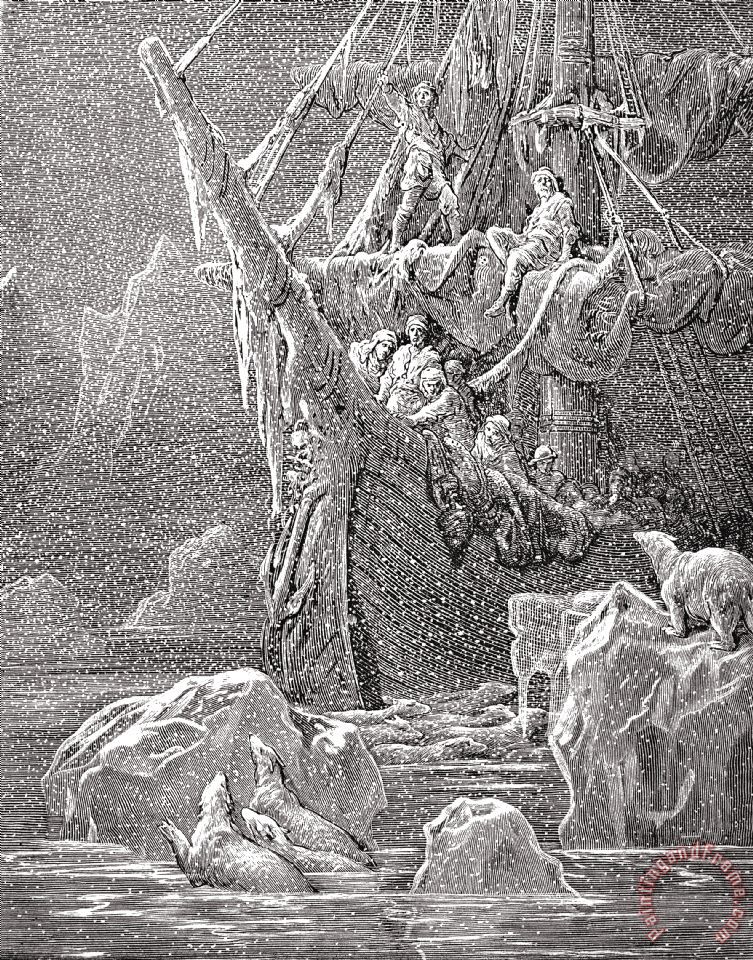
The tension in their ways of being ultimately undid their friendship, but not before it spurred their poetry. Wordsworth, brooding and distant, had a keen sense of his own greatness and was once seen walking in the moonlight in a black fur cap and green gown looking like a “grand Signior,” as Dorothy recalled. He had a strong religious, even mystical, sensibility. Coleridge, a bit slovenly, was generous, expressive, and easily moved by the iridescent beauty that he sensed around him.

They were different in so many ways, each embodying distinct strains of Romanticism. The two men had previously met, corresponded, and admired each other’s work Coleridge already thought Wordsworth “the best poet of the age.” Now, in the refuge of the Quantocks from that summer to the next, their friendship blossomed, and so did their writing.

In June 1797, with Britain at war with revolutionary France, 24-year-old Coleridge retreated to the Quantock Hills of Somerset County, where he befriended another poet, the then-unknown William Wordsworth, 27, who lived nearby with his beloved sister, Dorothy. The interconnectedness of all things was one of the main themes of Coleridge’s poetry that year, a momentous one in the history of English literature.

The fisherman had risked his life trying to save the boy, explaining, as Hazlitt later remembered, that “he did not know how it was that they ventured, but, Sir, we have a nature towards one another.” In the spring of 1798, a young William Hazlitt was walking with his idol, the poet Samuel Taylor Coleridge, when the two men encountered a fisherman who told them about a boy who had drowned the day before.


 0 kommentar(er)
0 kommentar(er)
